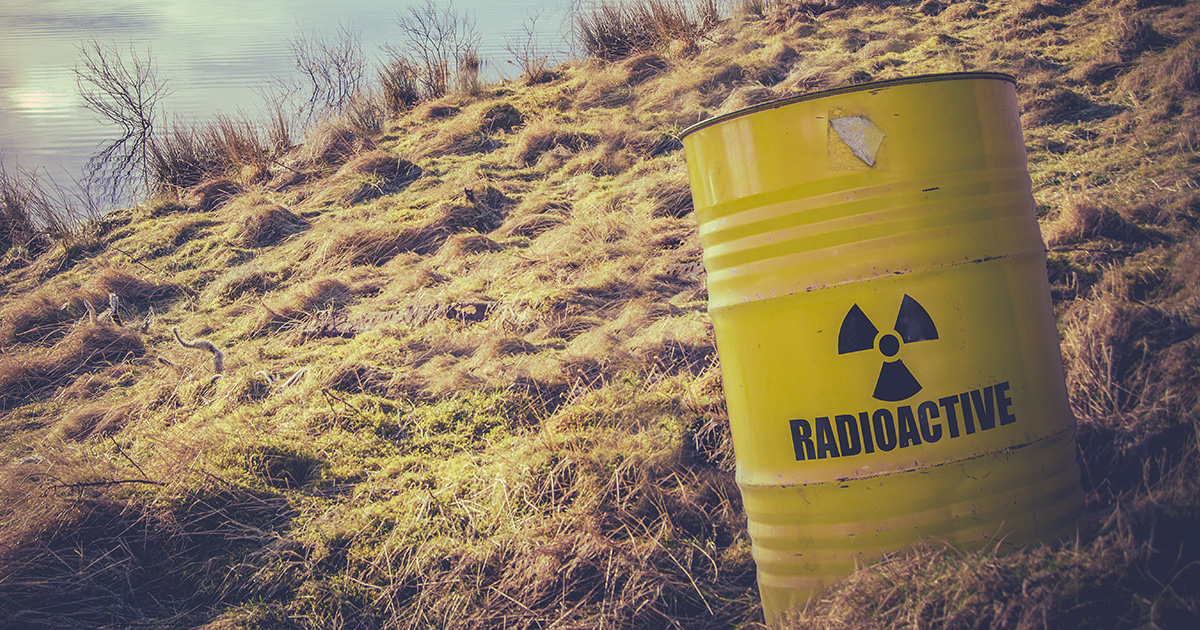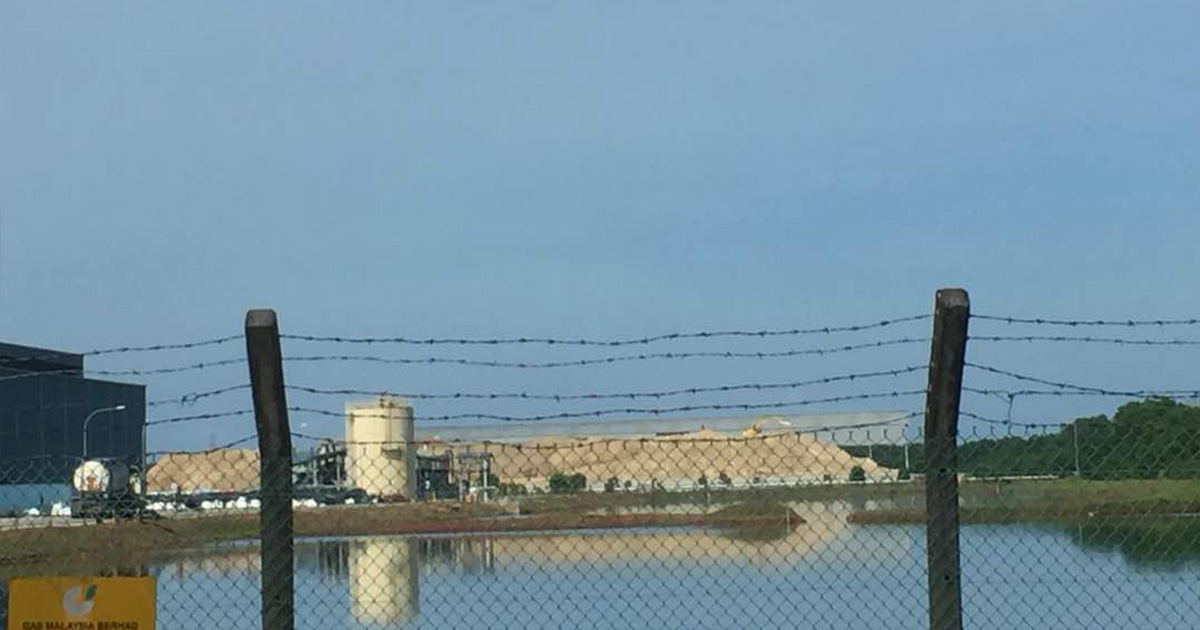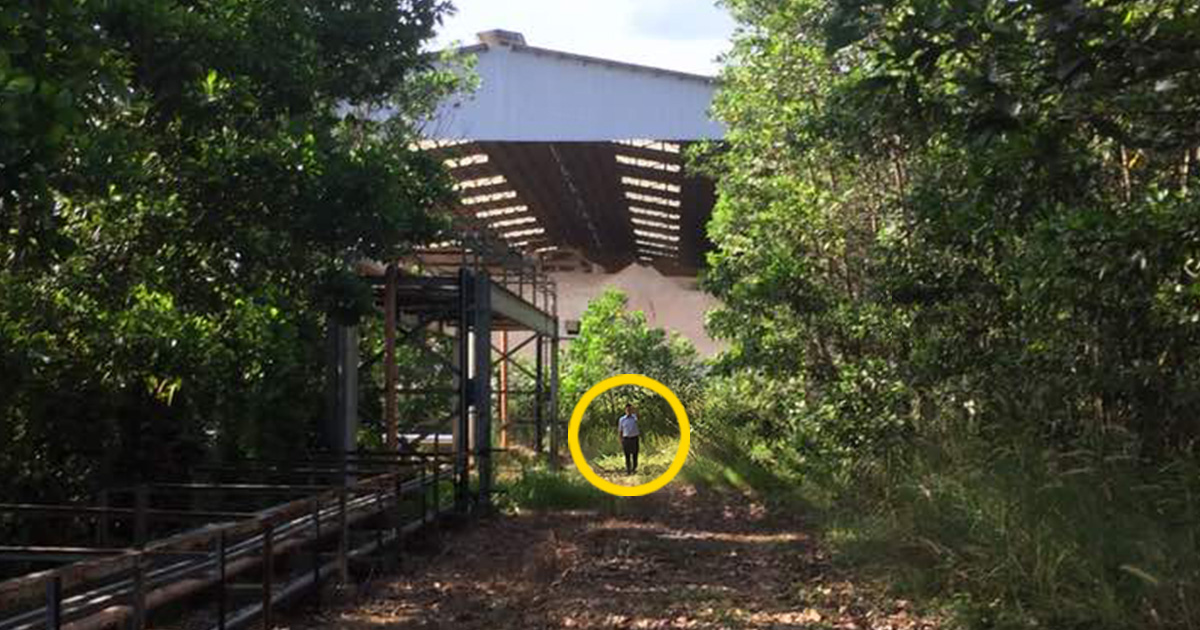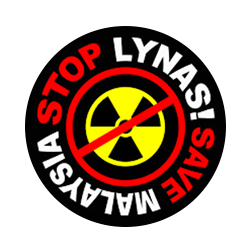Is Lynas’ handling of radioactive wastes satisfactory?

Say radiation and the image of contorted babies with missing or extra limbs come to mind — not a pretty picture.
Though radiation has plenty of safe practical uses as well — think x-rays, sterilisation of medical equipment, smoke detectors and even food irradiation — “radioactive exposure” connotes Fukushima horrors before all else.
Thus, it is understandable that when Australian Lynas Corp set up a rare earth refinery on our shores where it will use radioactive feedstock and generate tonnes of radioactive waste, many were alarmed and protests swiftly followed.
Today, many still find Lynas’ solution for its radioactive wastes unsatisfactory.

How dangerous are these wastes?
Based on Lynas’ its Radioactive Waste Management Plan (RWMP) submitted on 30 December 2011, every tonne of rare earth oxide it produces will be an accompanied by 13.41 tonnes of solid residues — 7.93 tonnes Neutralisation Underflow Residue (NUF), 2.63 tonnes Flue Gas Desulfurisation (FGD) and 2.85 tonnes Water Leached Purification Residue (WLP).
After the visit by the International Atomic Energy Agency (IAEA) Review team in 2014, the NUF and FGD with radioactivity below 1 Bq/g were dropped from the regulatory control of Atomic Energy Licensing Board of Malaysia (AELB). They were classified as clear waste and placed under the Department of Environment’s (DOE) purview.
The worrisome residue it WLP, which has a radioactivity of 7.98 Bq/g. In 2014, an experiment to extract the radioactive Thorium from WLP conducted by Universiti Kebangsaan Malaysia (UKM) proved to be non-viable. However, the experiment revealed that the radioactivity of WLP was much higher than that declared earlier by Lynas.
Lynas’ website says: “Our residues are not wastes – they have tremendous potential as safe commercial products”. In its RWMP, Lynas had proposed to recycle all its solid wastes into industrial by-products. It even had an impressive timeline of R&D and commercialisation over 2012-2015. Key products/applications included plaster board and cement manufacturing, road base, fertilizers, and soil remediation. In fact, Lynas had in many occasions said there would be little need for a permanent deposit facility (PDF) for its wastes as they would all be recycled!

This picture demonstrates the comparative size of LAMP’s waste to that of a full-sized adult
To date, nothing has been commercialised. Lynas still appears to be struggling to find a solution for its fast-growing solid residues. It all boils down to a single product, a soil enhancer called CondiSoil, for which it received SIRIM’s seal of approval last year.
However, the proposed mixture of 1:2:7 of WLP: NUF: FGD will leave behind large quantities of unused radioactive WLP for lack of FGD to go with it to create CondiSoil — using all the FGD to make CondiSoil would only use up 13.18% of WLP. This begs the question of what Lynas intends to do with the remaining 86.82% of its radioactive WLP? A PDF would be needed to safely store it, no?
One also can’t help but wonder if the ratio was such as to enable the WLP to be watered down to under 1 Bq/gm so that it will no longer be considered radioactive by AELB. Recycling of radioactive wastes through dilution is never allowed or practiced anywhere else in the world!
Moreover, to entrust and seek approval from SIRIM on Condisoil’s safe usage is totally misplaced. SIRIM is the body that appraises and evaluates proposed industrial standards drafted by relevant professional bodies before they become Malaysian Standards. Does the SIRIM approval mean CondiSoil would become the Malaysian Standard for recycled radioactive wastes? Would this set a precedent among other industries churning out radioactive wastes to also “mix” their radioactive wastes, give it a fancy name and pass it off as a safe recycled industrial by-product?

This educational article is brought to you by SMSL
For more articles, please log in to
SMSL Facebook: Pahang Don’t Need “Hazardous” Project
and SMSL Blogspot: Save Malaysia Stop Lynas
